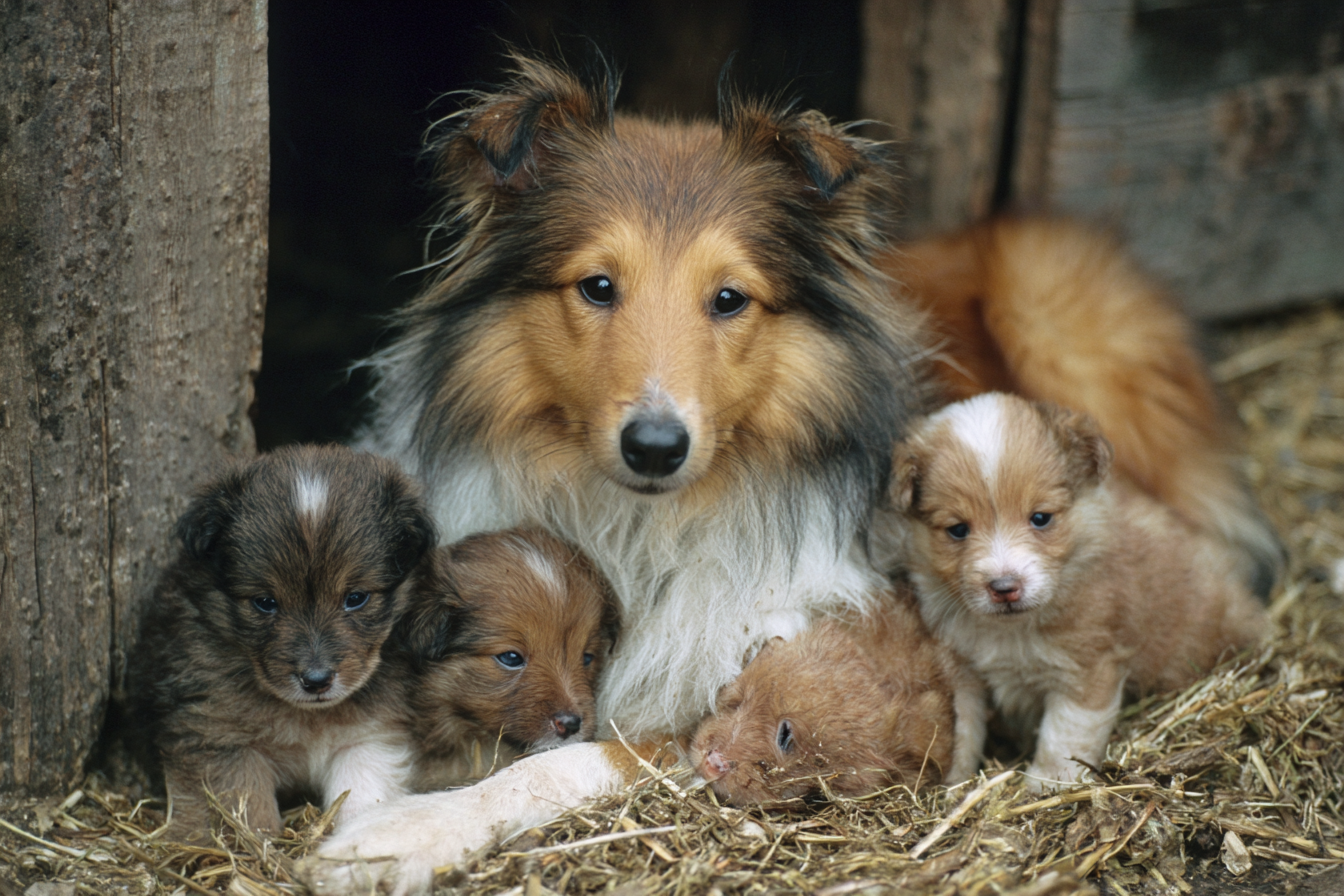Breeding Shetland Sheepdogs, often affectionately known as Shelties, is a rewarding endeavor that demands more than just passion for the breed. Responsible breeding involves a deep understanding of the breed’s characteristics, health concerns, and ethical considerations. Whether you are a prospective breeder or someone looking to bring home a puppy, knowing the key factors involved helps ensure the dogs are healthy, well-adjusted, and meet breed standards. This guide breaks down the essential considerations for responsible Shetland Sheepdog breeding.
Understanding Breed Standards
Before embarking on the breeding journey, it’s vital to thoroughly understand the Shetland Sheepdog breed standards as outlined by recognized kennel clubs such as the American Kennel Club (AKC) or The Kennel Club (UK). These standards describe the ideal physical characteristics, temperament, and movement that define a Sheltie. Key traits include a balanced, agile build; a double coat with a distinctive ruff around the neck; an intelligent and alert expression; and a lively but gentle disposition.
Adhering to breed standards ensures that puppies not only look like traditional Shelties but also exhibit the temperament and behaviors that make the breed beloved by many. Breeding dogs that do not meet these standards can lead to deviations in size, coat quality, or personality, which may dilute the breed’s identity over time.
Genetic Health Screening
One of the most crucial aspects of responsible Shetland Sheepdog breeding is genetic health screening. Shelties are prone to certain inherited health conditions, so testing is essential to minimize risks to future puppies. Common health issues in Shetland Sheepdogs include:
- Collie Eye Anomaly (CEA)
- Hip Dysplasia
- Von Willebrand’s Disease (vWD)
- Progressive Retinal Atrophy (PRA)
- Hypothyroidism
Reputable breeders use genetic testing to identify carrier status or affected dogs and make informed breeding decisions. Screening helps reduce the likelihood of passing on debilitating conditions. Additionally, regular veterinary check-ups and health certifications, including eye exams by board-certified ophthalmologists and hip evaluations by orthopedic specialists, should be part of the breeding protocol.
Selecting Mating Pairs
Choosing the right pairing goes beyond simply matching two dogs that are physically appealing. Breeders must consider factors like:
- Health Compatibility: Avoid mating two carriers of the same recessive genetic disorder to prevent affected puppies.
- Temperament: Both parents should have stable, friendly temperaments to produce well-rounded puppies.
- Conformation: Pair dogs whose physical traits complement each other, aiming to improve upon each generation.
- Pedigree: Analyze the lineage for diversity to avoid inbreeding depression, which can negatively affect vitality and longevity.
Consulting with breed clubs or experienced breeders can provide valuable guidance when selecting mates. Keeping detailed records and planning several generations ahead helps maintain a strong, healthy bloodline.
Pregnancy and Whelping Care
Caring for a pregnant Sheltie requires attentive management to ensure a healthy mother and puppies. Regular veterinary visits, a balanced and nutritious diet tailored for pregnancy, and safe exercise are essential throughout the gestation period, which lasts approximately 63 days. Monitoring the dog for signs of complications and preparing a clean, quiet whelping area are critical steps.
When labor begins, having knowledge of the whelping process is vital. Some common signs include nesting behavior, restlessness, and temperature drops. Breeders should be prepared to assist if necessary, but also know when to seek emergency veterinary care. Post-birth, the mother needs extra attention to ensure she is comfortable, that all puppies are nursing, and that none exhibit signs of distress or congenital issues.
Early Puppy Development
The first weeks of a puppy’s life are foundational for their overall development. Responsible breeders provide a warm, safe environment where puppies can nurse and grow undisturbed during the first two weeks after birth, known as the neonatal period. During this time, constant supervision ensures that puppies are thriving and receiving sufficient nutrition.
Between 3 to 8 weeks, the puppies enter the socialization period, where exposure to gentle handling, different sounds, and varied stimuli helps develop their temperament. Early health care, including vaccinations and deworming, should be administered as recommended by your veterinarian.
Proper monitoring of developmental milestones, such as opening eyes, walking, and social interactions, is important. Timely intervention for any anomalies helps ensure puppies develop into well-adjusted adult dogs.
Ethical Considerations in Breeding
Responsible Shetland Sheepdog breeding is grounded in ethical principles that prioritize the welfare of both the dogs and their future owners. This means not breeding dogs purely for profit or aesthetic trends but focusing on improving the breed’s health and temperament. Key ethical considerations include:
- Refusing to breed dogs with known severe genetic disorders or poor temperament.
- Limiting the number of litters to avoid overbreeding and stress on the dam.
- Ensuring puppies go to loving, informed homes that can provide lifelong care.
- Being transparent about health testing, lineage, and any issues within the breeding line.
Ethical breeders often invest time in educating puppy buyers about responsible dog ownership, helping match puppies to suitable families and sometimes including contracts that support lifelong care commitments.
Finding Reputable Breeders
For those looking to add a Shetland Sheepdog puppy to their family, locating a reputable breeder is essential. Red flags to watch for include breeders who have multiple litters available at once, avoid health testing disclosures, or do not allow you to visit their facilities. Reputable breeders will:
- Provide health clearances and genetic test results for both parents.
- Allow visits to their breeding environment to see how the dogs are raised.
- Offer support and guidance even after a puppy has been sold.
- Be engaged in breed clubs and continuing education on Sheltie care and breeding.
Doing homework—checking references, reading reviews, and contacting breed clubs—can help ensure you are working with an ethical breeder who prioritizes the well-being of the dogs.
Ensuring a Legacy of Healthy Shelties
Responsible Shetland Sheepdog breeding is a commitment that combines knowledge, patience, and compassion. By understanding breed standards, conducting thorough genetic health screenings, carefully selecting mating pairs, and providing excellent care during pregnancy, whelping, and puppy development, breeders can greatly contribute to the breed’s future. Ethical standards safeguard the welfare of the dogs and the satisfaction of future owners. Whether you are breeding for show, work, or companionship, these considerations help ensure that Shelties continue to thrive as wonderful, healthy, and loving pets.







